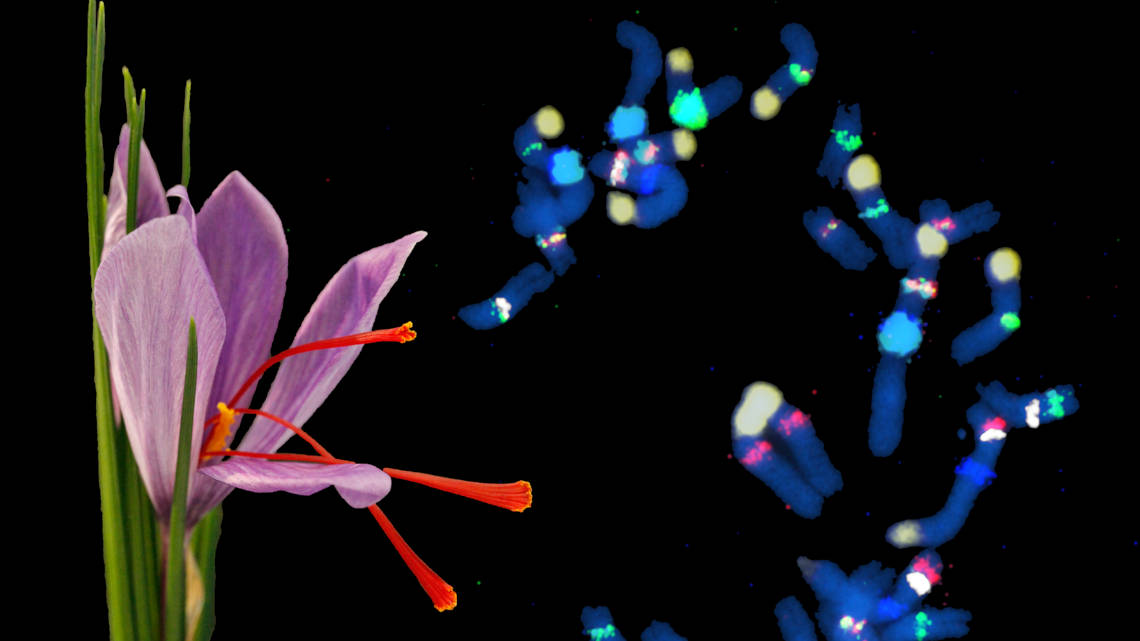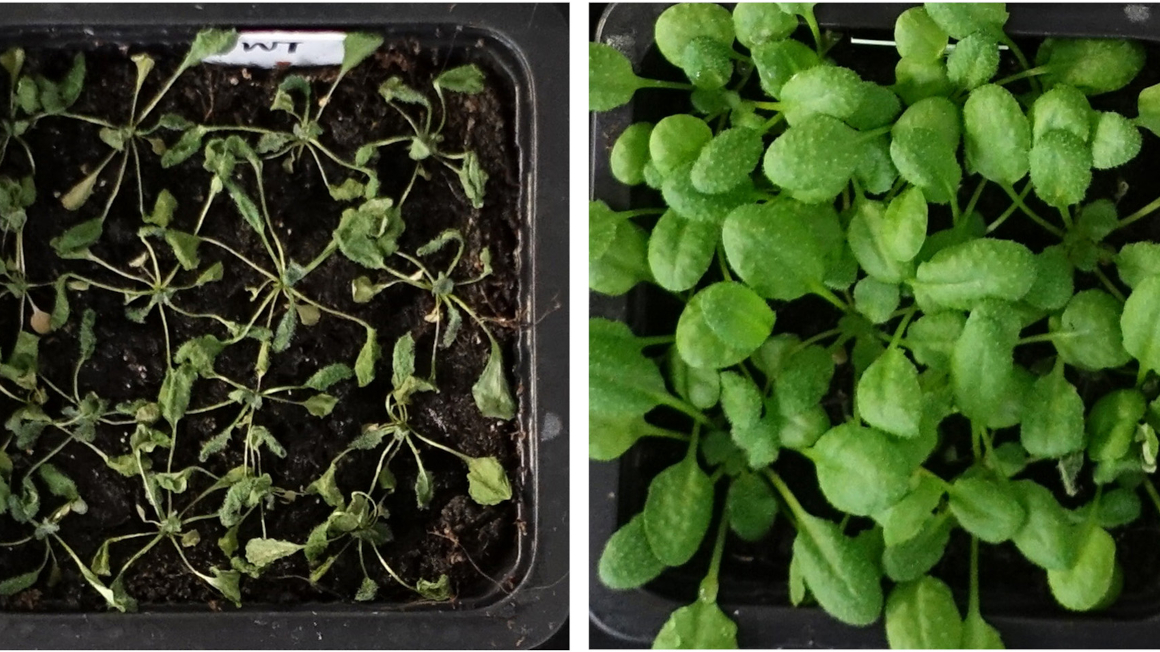Saffron puzzle solved
With the parentage of the valuable spice plant saffron uncovered, botanists will be able to optimize the breeding of the valuable spice plant saffron.

It is at least 3,500 years old and yet so far no one knew its parents: the saffron crocus has been cultivated for a long time, especially in the Mediterranean region and in Asia. Its flower threads are the source of the valuable spice saffron, which can compete with gold at a price of up to 30,000 euros per kilo. The saffron crocus has also been appreciated for centuries as a medicinal plant and coloring agent. Despite its value, the plant has never been improved by breeding in all these years.
Reproduction so far only by daughter tubers
All saffron plants cultivated worldwide originate only from daughter bulbs, as the plant itself is sterile and therefore could not be bred. The reason: Until now, the plants crossed to create saffron were unknown. Biologists from the Technical University (TU) Dresden have now solved the mystery of the ancestry and thus created the conditions for inserting optimised properties into the crocus genome.
"We have managed to understand the origins of the saffron crocus and shed light on the parent species using molecular and cytogenetic methods," says Thomas Schmidt, Professor of Plant Cell and Molecular Biology at TU Dresden’s Institute of Botany. The paper is the title topic of the journal "New Phytologist". According to the study, the saffron crocus therefore is descended from two plants of only one wild species: Crocus cartwrightianus, which is found in Greece.
Cultivation also in Germany
The discovery could also have significance for Germany, as saffron has been cultivated in the Dresden area for several years. The growers are convinced that the slight frost to which the plants are exposed further enhances the aroma. In general, the saffron crocus is a rather robust plant: it grows on soil not otherwise suitable for agriculture. The high price has another reason: in order to produce one kilogram of saffron, 150,000 to 200,000 flowers have to be harvested, each of the three flower threads isolated and dried - all by hand.
bl/um


